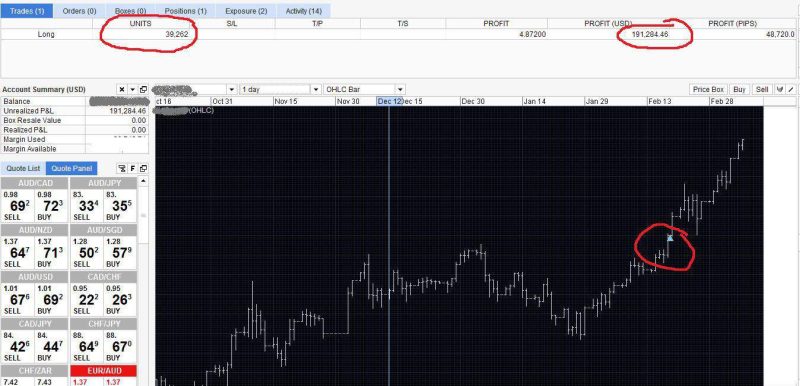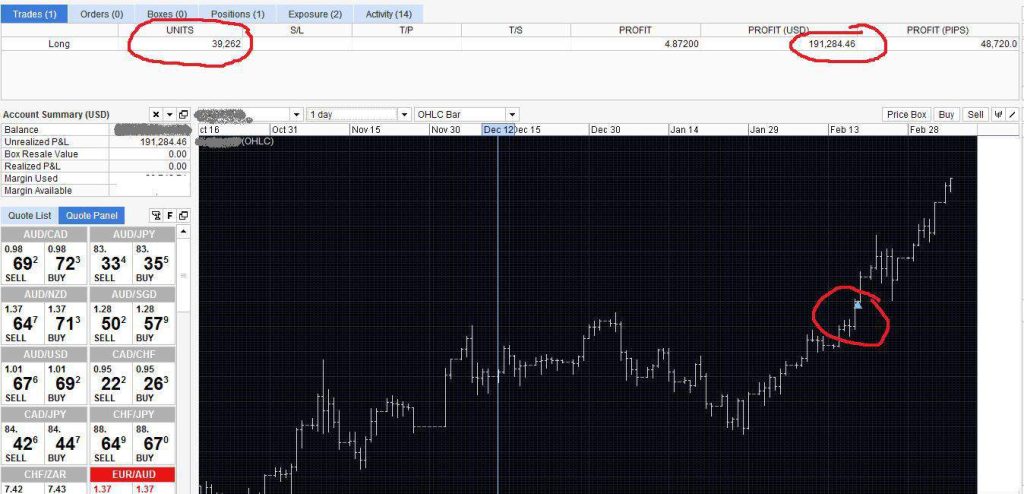The global oil market is bracing for a potential oversupply next year, sparking concerns about price declines and market volatility. Industry analysts predict that the combination of slowing demand and rising production levels could leave the market flooded with excess crude, posing a challenge for oil-producing nations.
According to projections, global oil production is set to outpace demand by nearly 1.5 million barrels per day in 2025, largely driven by increased output from U.S. shale producers and OPEC+ members. This could push prices lower, as the supply glut may overwhelm storage facilities, especially if economic growth falters in key markets like China and Europe.
Demand for oil is expected to grow at a slower pace, hindered by the rise of renewable energy and improvements in energy efficiency across major economies. The shift toward electric vehicles and stricter environmental regulations is also curbing the long-term outlook for oil consumption.
However, some analysts caution that while oversupply could pressure prices, geopolitical risks in oil-producing regions like the Middle East remain a wildcard, which could disrupt production and limit the extent of the surplus. Additionally, ongoing negotiations between oil producers could lead to production cuts aimed at stabilizing the market.
The International Energy Agency (IEA) is expected to release more detailed forecasts later this month, but the potential for an oversupply scenario is already sending ripples through the energy market, with investors adjusting their portfolios in anticipation of lower prices.

















